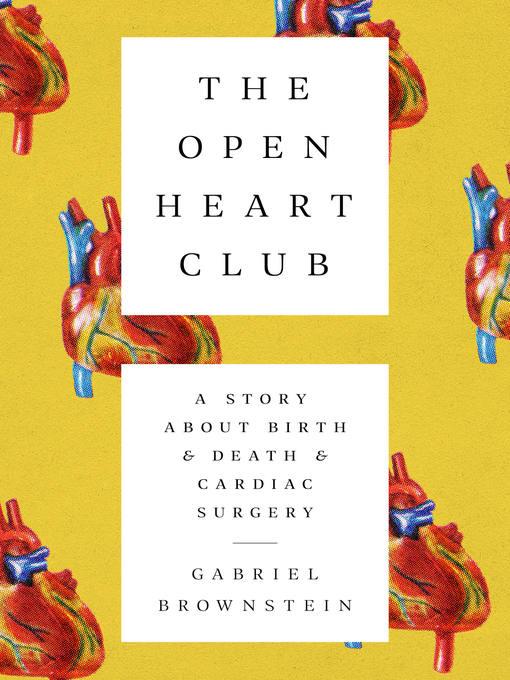
The Open Heart Club
A Story about Birth and Death and Cardiac Surgery
داستانی درباره تولد، مرگ و جراحی قلب
کتاب های مرتبط
- اطلاعات
- نقد و بررسی
- دیدگاه کاربران
نقد و بررسی

September 15, 2019
PEN/Hemingway Award winner Brownstein (English/St. John's Univ.; The Man From Beyond, 2005, etc.) turns to nonfiction to tell "the history of heart surgery through the story of my heart." When the author was born, in 1966, with a heart condition known as tetralogy of Fallot, making him an oxygen-starved "blue baby," heart surgery was something new, and heart defects were a leading cause of death. Today, more than 2 million Americans, most in middle and old age, survive with congenitally defective hearts. Like Brownstein, they have benefited from great medical advances but have had to cope with difficult arrhythmias, open-heart surgeries, and other procedures. In this engaging account of his uncertain life "in a strange border country ruled by medicine," he describes his birth to well-educated yet "frightened" parents who never talked about his health; his own inability to face his disease ("we deny weakness, defy it, and try to imagine it away"), and his "stunted, shuttered emotional life" as a traumatized young man. He relates this affecting personal story against the rise of our understanding of the human heart, from William Harvey's 17th-century study of circulation to pioneering work in pediatric cardiology in the 1920s by woman doctors like the eccentric Maude Abbott to such modern surgeons as James Malm, who saved the author's life. These historical pages, covering a dizzying array of surgeons and surgeries, are often overlong and will appeal mainly to readers who share Brownstein's deep interest in his subject. Even so, with his keen eye and storytelling abilities, the author offers absorbing glimpses of an African American doctor who saved the life of a man stabbed in the heart at the 1893 Chicago World's Fair and pioneer surgeon Walt Lillehei (1918-1999), who could drink seven martinis and then operate successfully the next morning on a small child with a hole in his heart. Brownstein's warmth and candor will keep readers immersed in this tale of survival in a time of chronic illness.
COPYRIGHT(2019) Kirkus Reviews, ALL RIGHTS RESERVED.

























دیدگاه کاربران